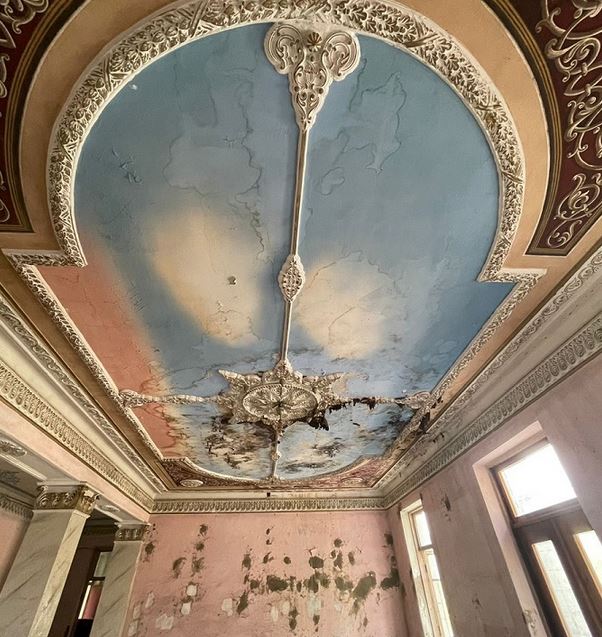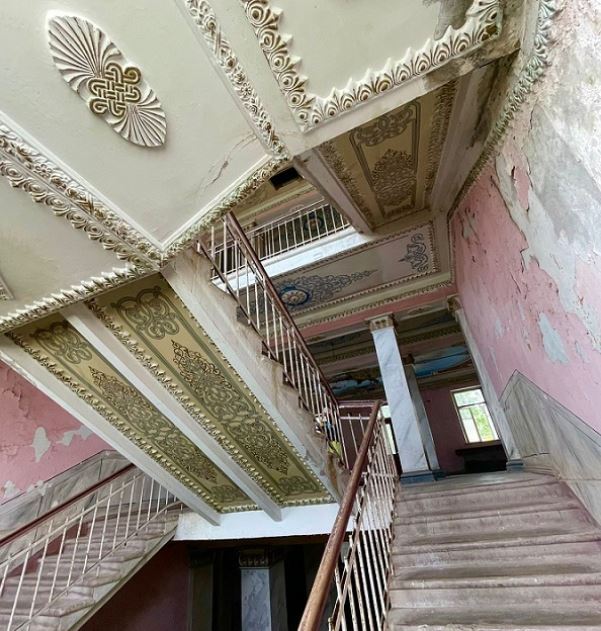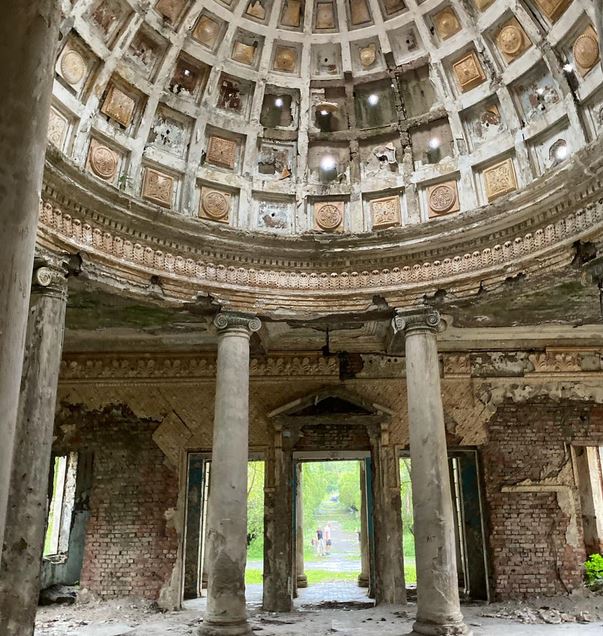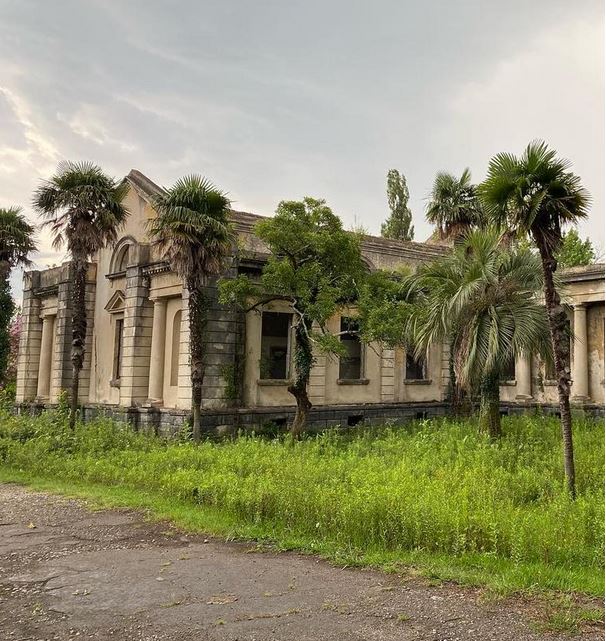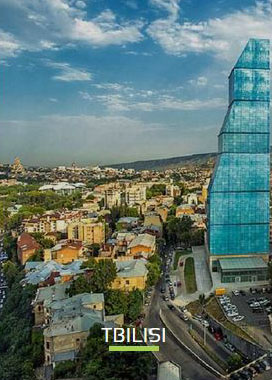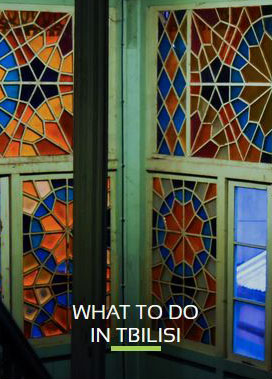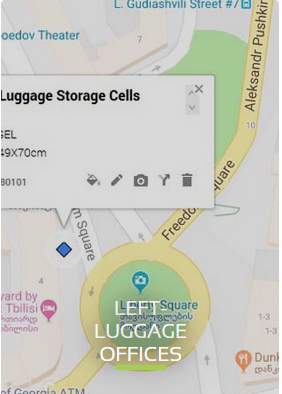Outside the beaten tourist routes
ABANDONED PLACES IN GEORGIA
Many travelers lately are looking for special locations that will open a time travel portal and give perfect surroundings for beautiful pictures on instagram. In this collection we have gathered some special, abandoned, historic or just out of ordinary places you might like to check out.
Some of the photographs belong to the organization Geo Stalk that films all abandoned and peculiar places in Georgia and maybe even organizes tours to these destinations. Check their facebook page for more information and more locations - https://www.facebook.com/geostalk
Cinema Apollo in Tbilisi

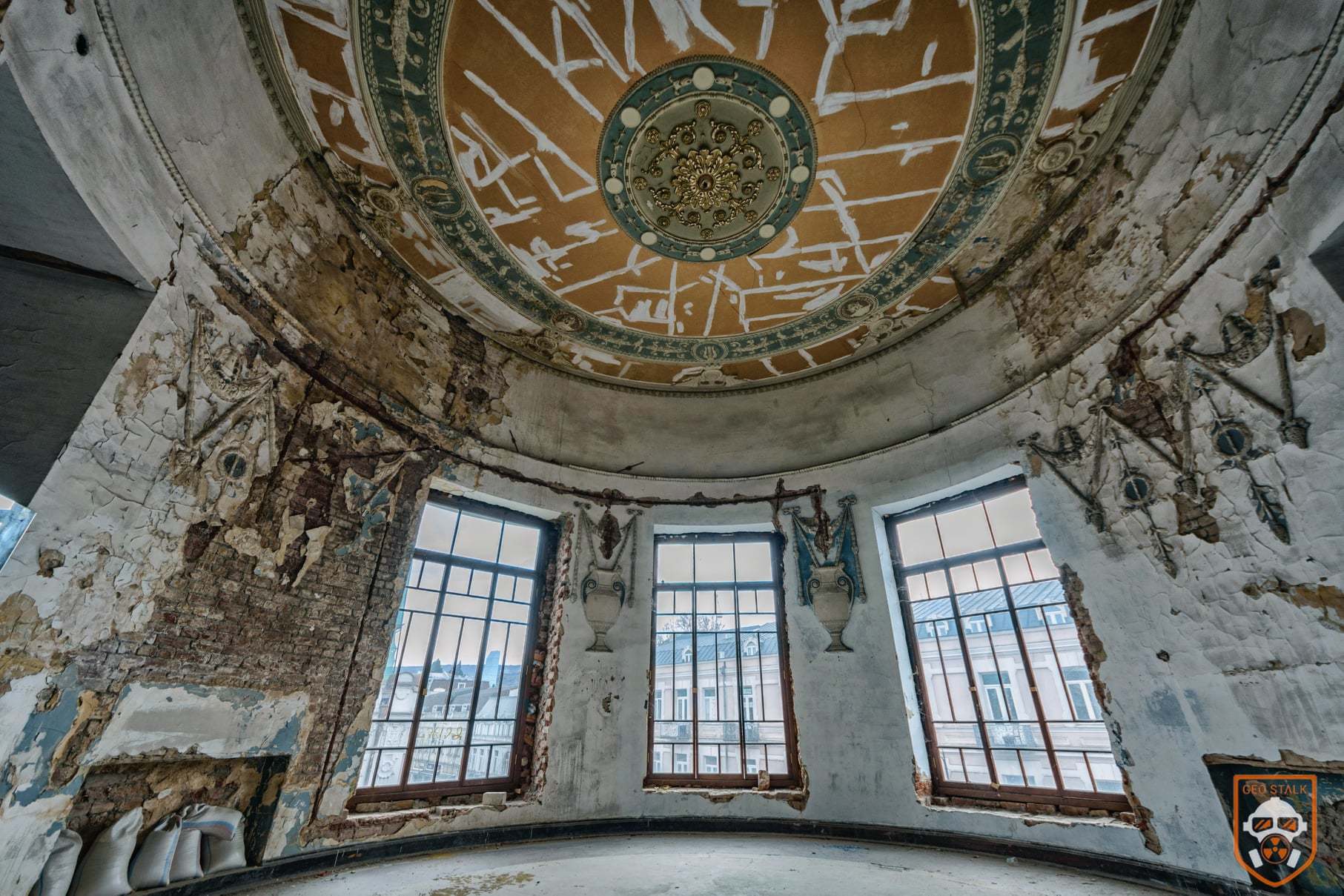
Bombardier СУ-15 in Terjola
The bombardier has been standing in the yard of Terjola Commissariat for more than 30 years. It was brought by the former Commissar of Terjola, Colonel Amiran Kikabidze. The Soviet aircraft was used for combat operations in Afghanistan in the last century and its cost was 5 million Soviet rubles. According to Colonel Giorgi Liluashvili, in the yard of the Commissariat there was an almost complete military arsenal: cannons, mortars, combat helicopter MI-24 (so-called "krokodil") and military surveillance vehicles. All the military equipment except for the SU-15, which has become a museum exhibit, was used during the war in Abkhazia.
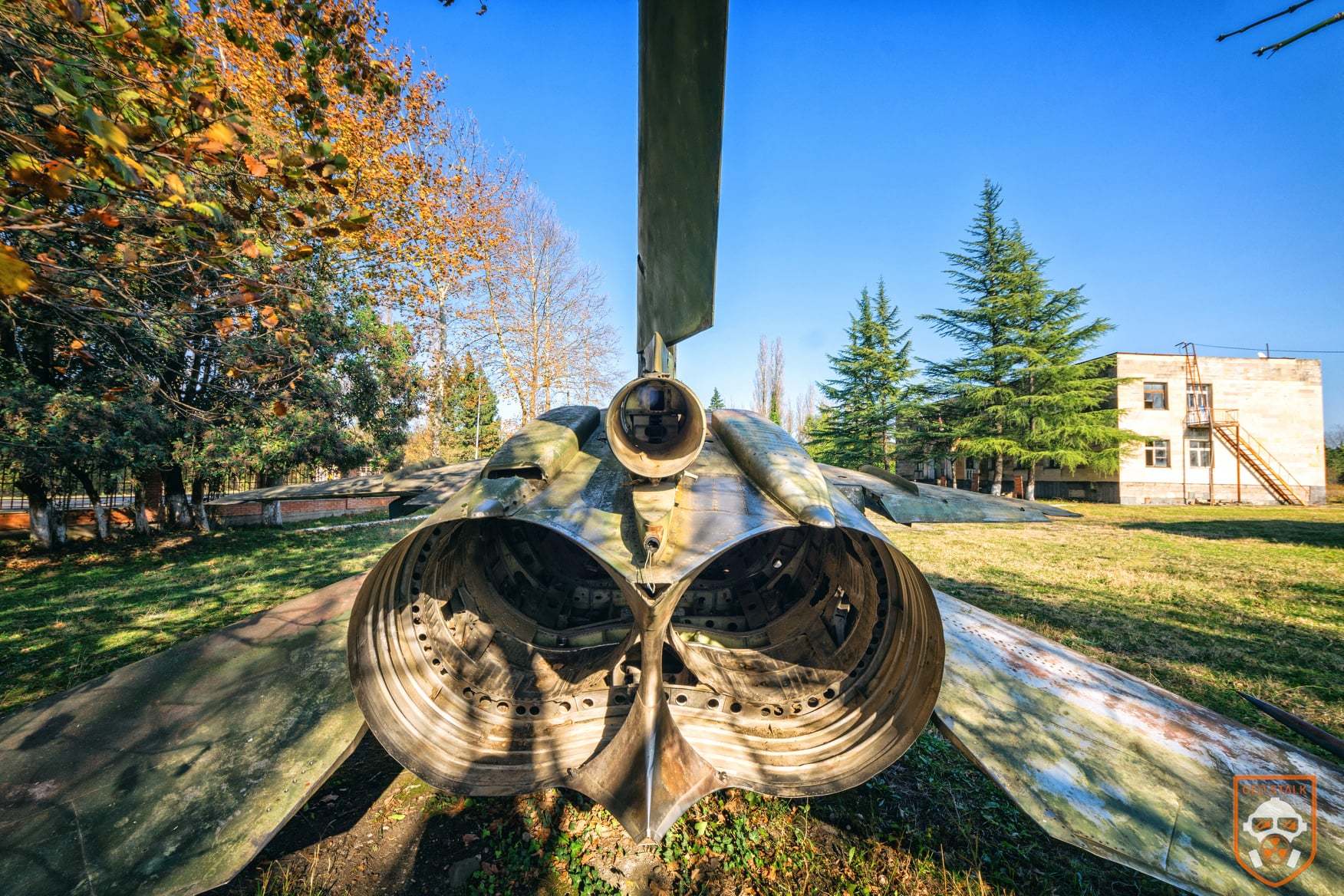

Didgori Memorial Complex
Didgori Memorial Complex is located in Tetritskaro Municipality. It is dedicated to one of the most famous battles in the history of Georgia, which was held in 1121 on Didgori field. The memorial occupies a fairly large area. In the center of the complex stands a monument with a traditional Georgian symbol - borjgali, and around it are huge swords and other elements.
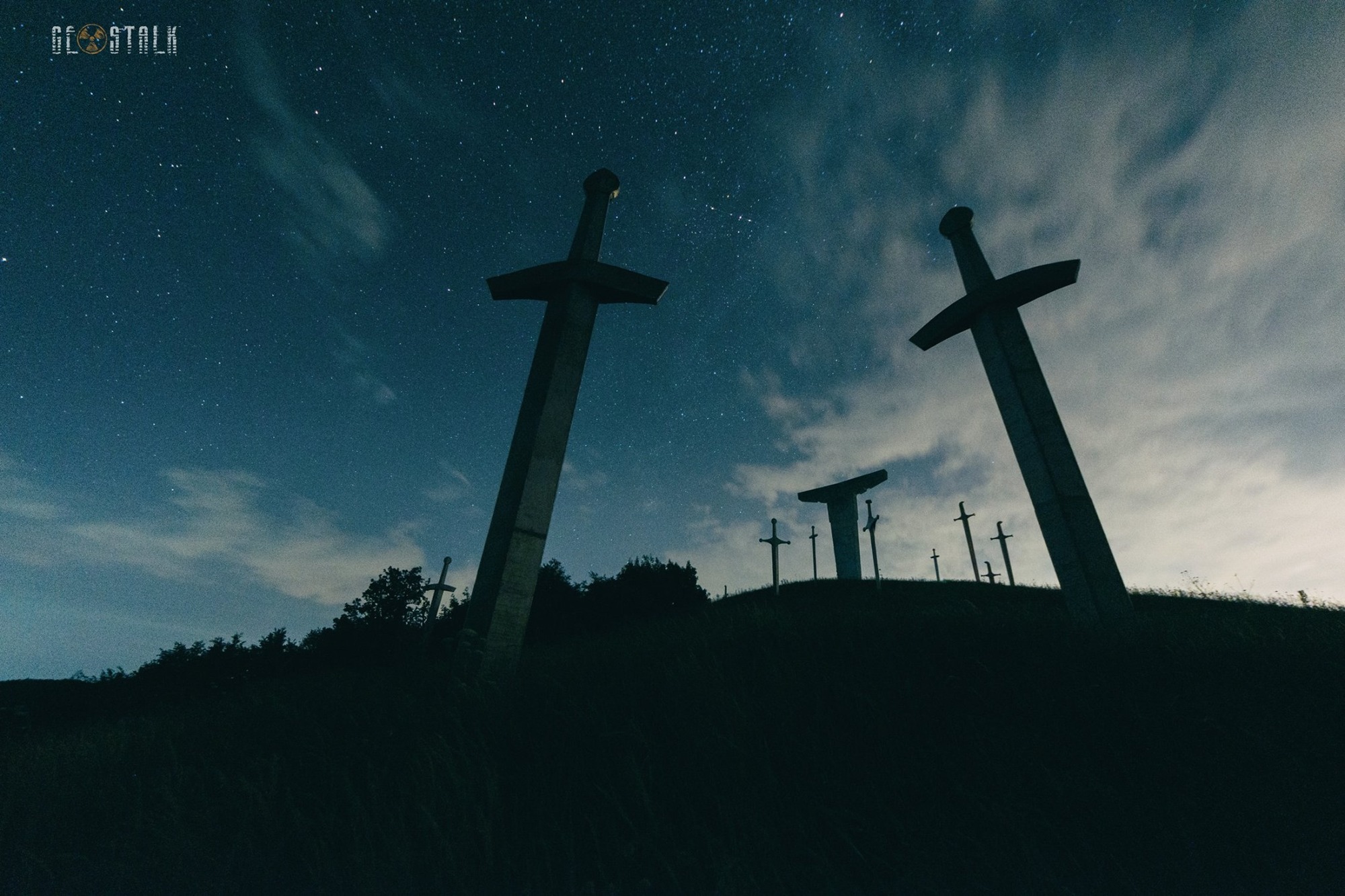
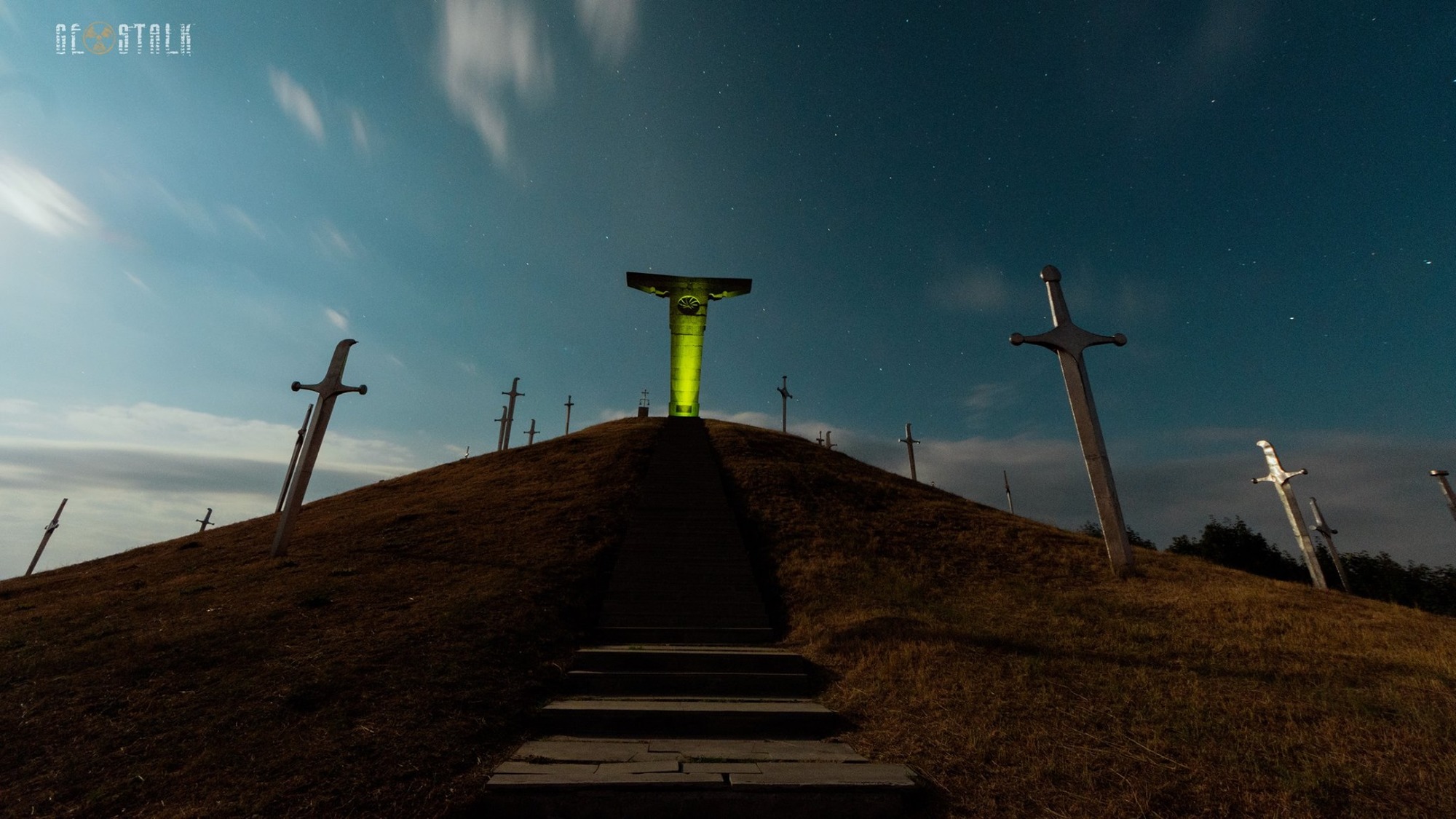
Karsan Geophysical Observatory
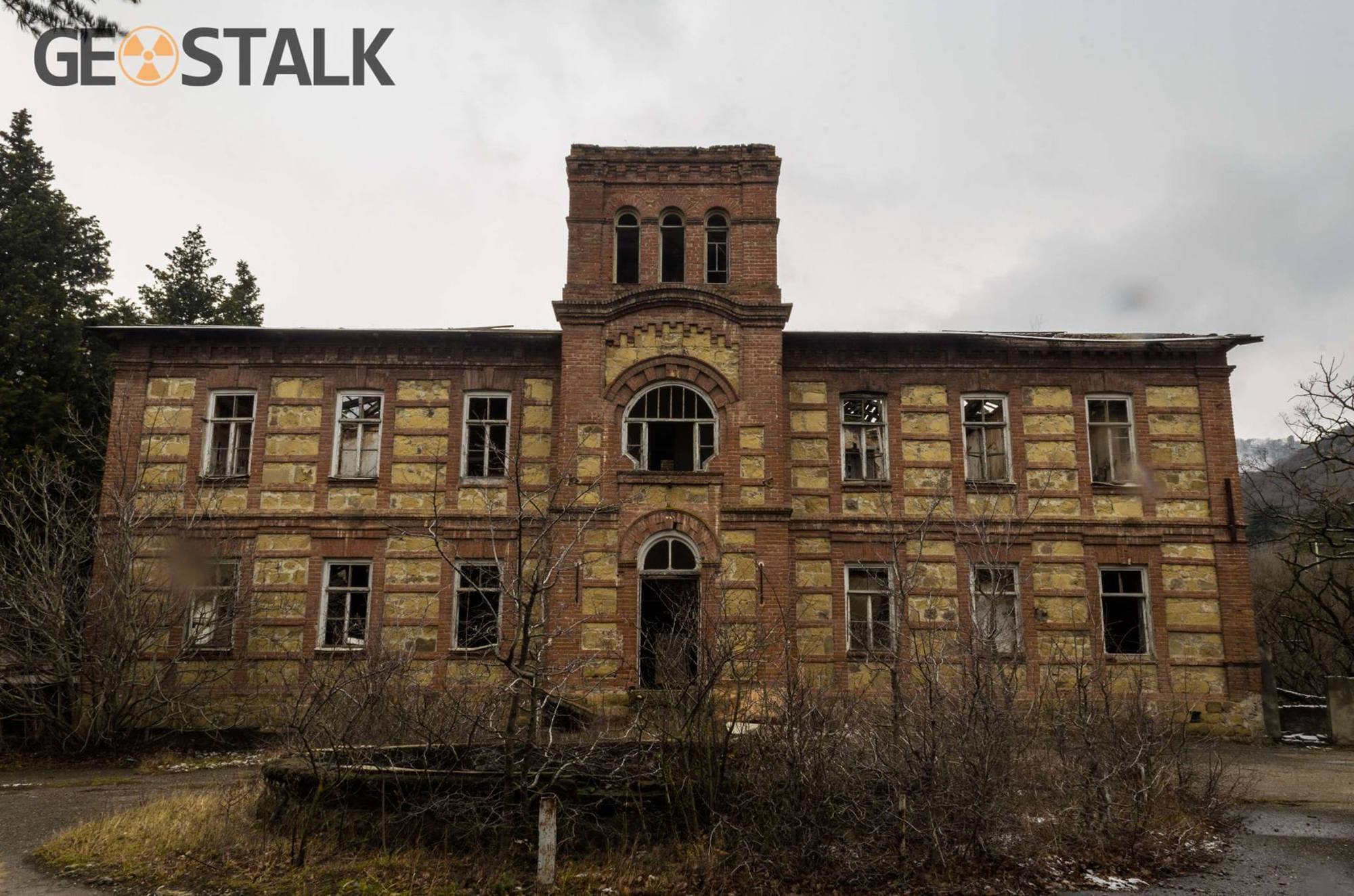
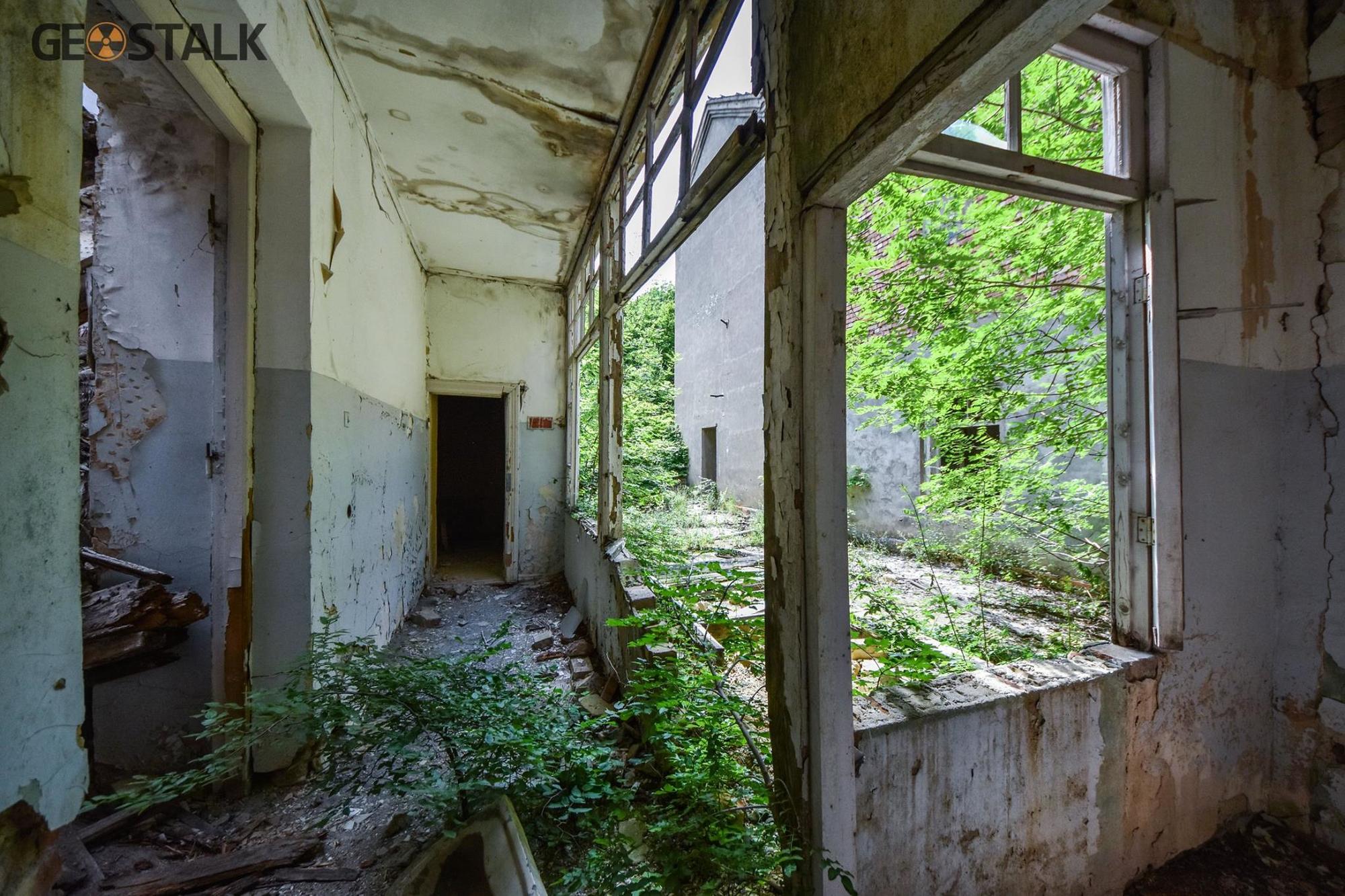
Hallway of the House on Galaktion Tabidze str 18

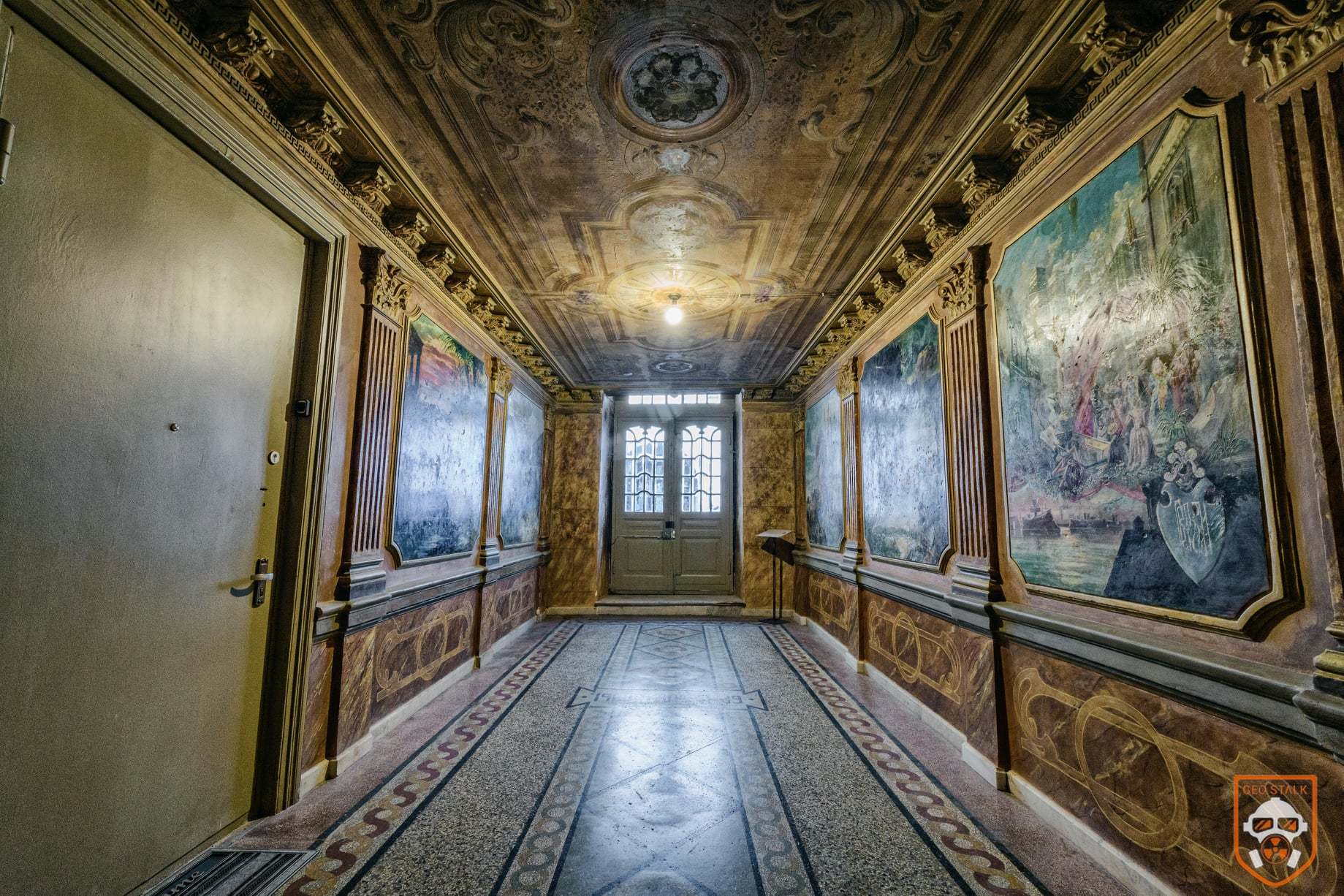
Military Hospital in Shovi - Doesn't Exist Any More
This military hospital is perched on a small cape plateau at the mouth of the Chanchakhi River. The building was built during the Soviet era, under Stalin. The building consists of 3 floors and amazes visitors with beautiful windows. Building is abandoned and visitors must exercise caution while exploring.
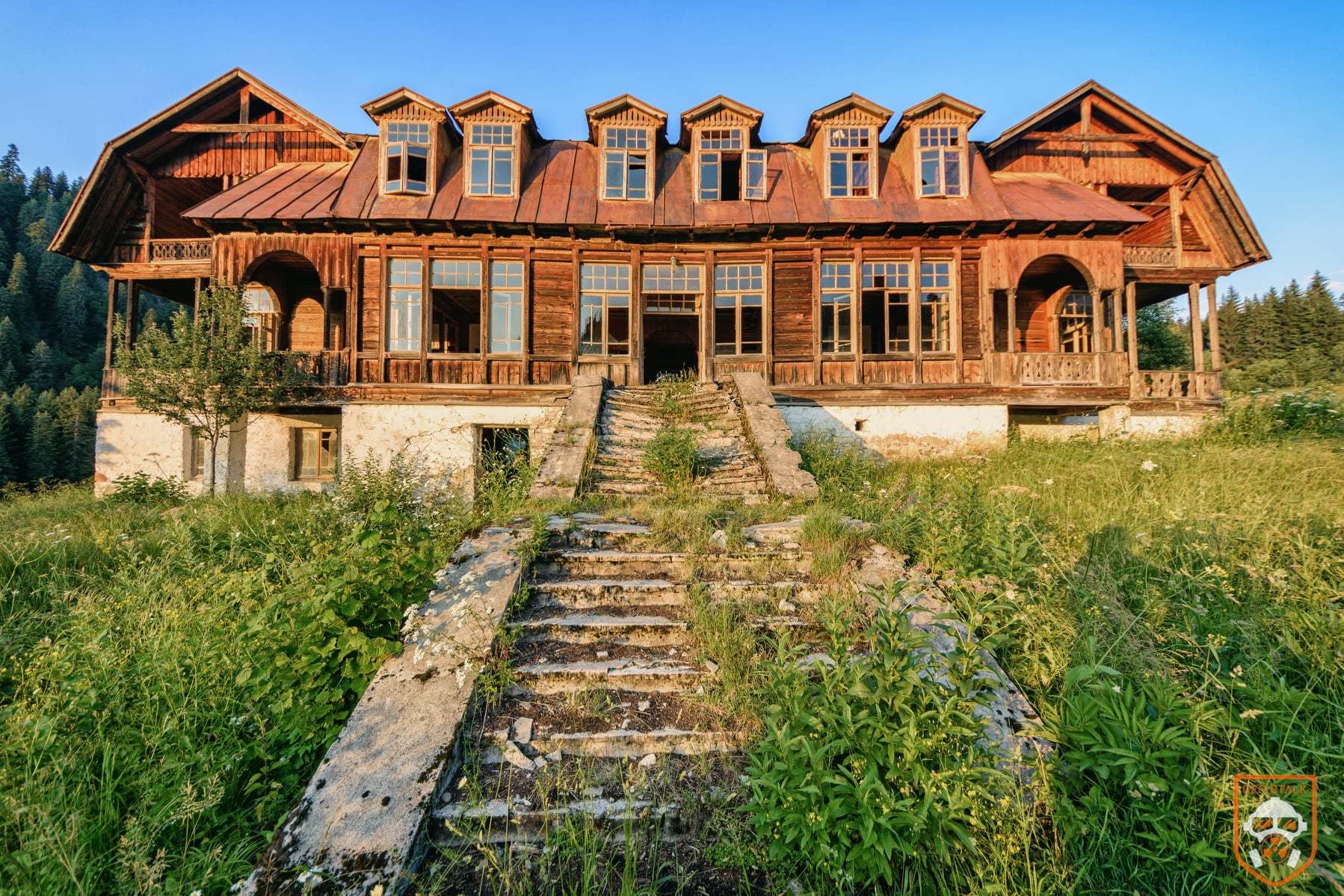

Former Pioneers’ Camp Tsiskari
Camp Tsiskari is located between Tskhvarichamia and Tezami settlements. The most prominent buildings on the territory are: bus stop, the diner, multi-storey residential and administrative buildings. The visitor's attention will be especially drawn to the beautiful Soviet mosaics.
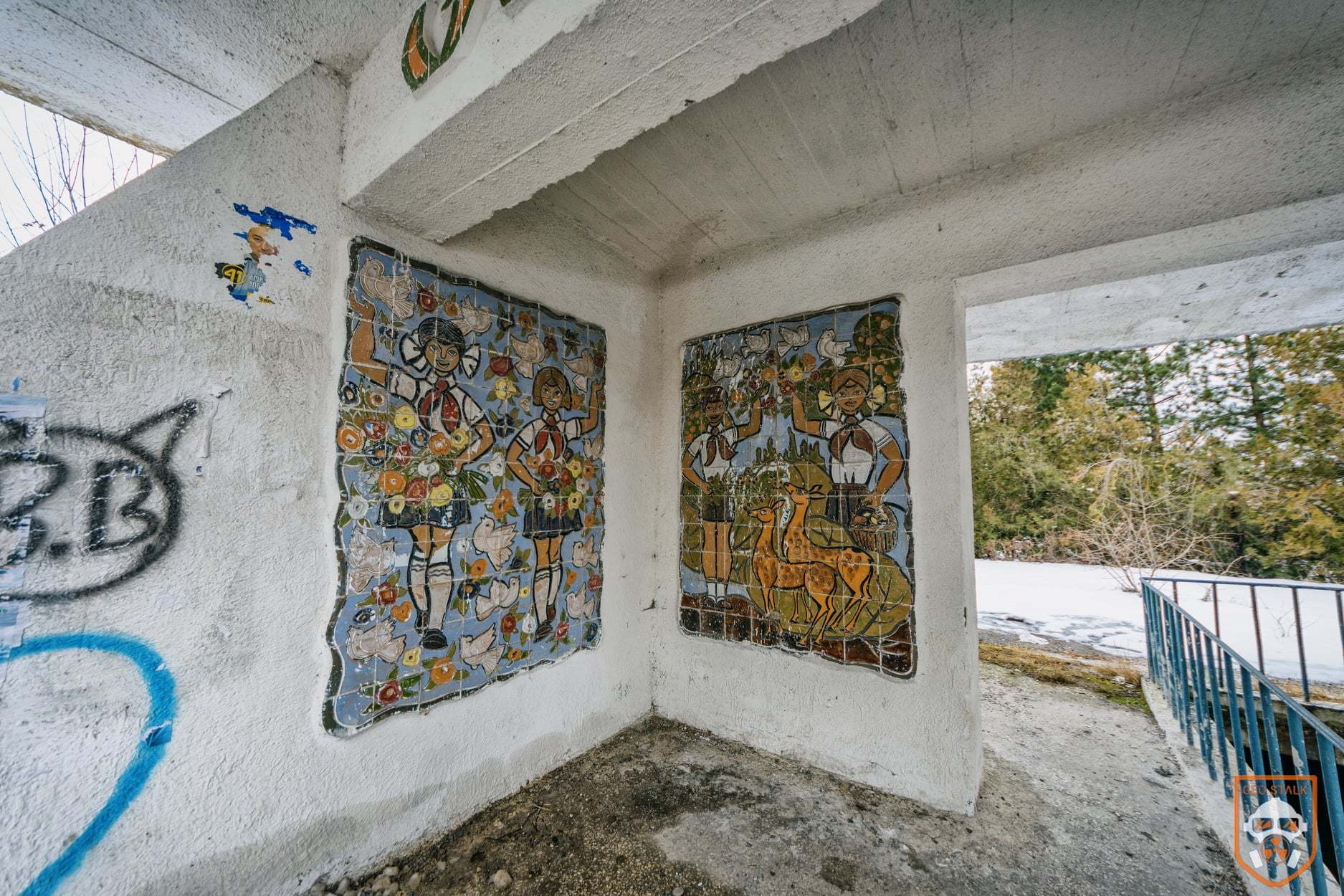
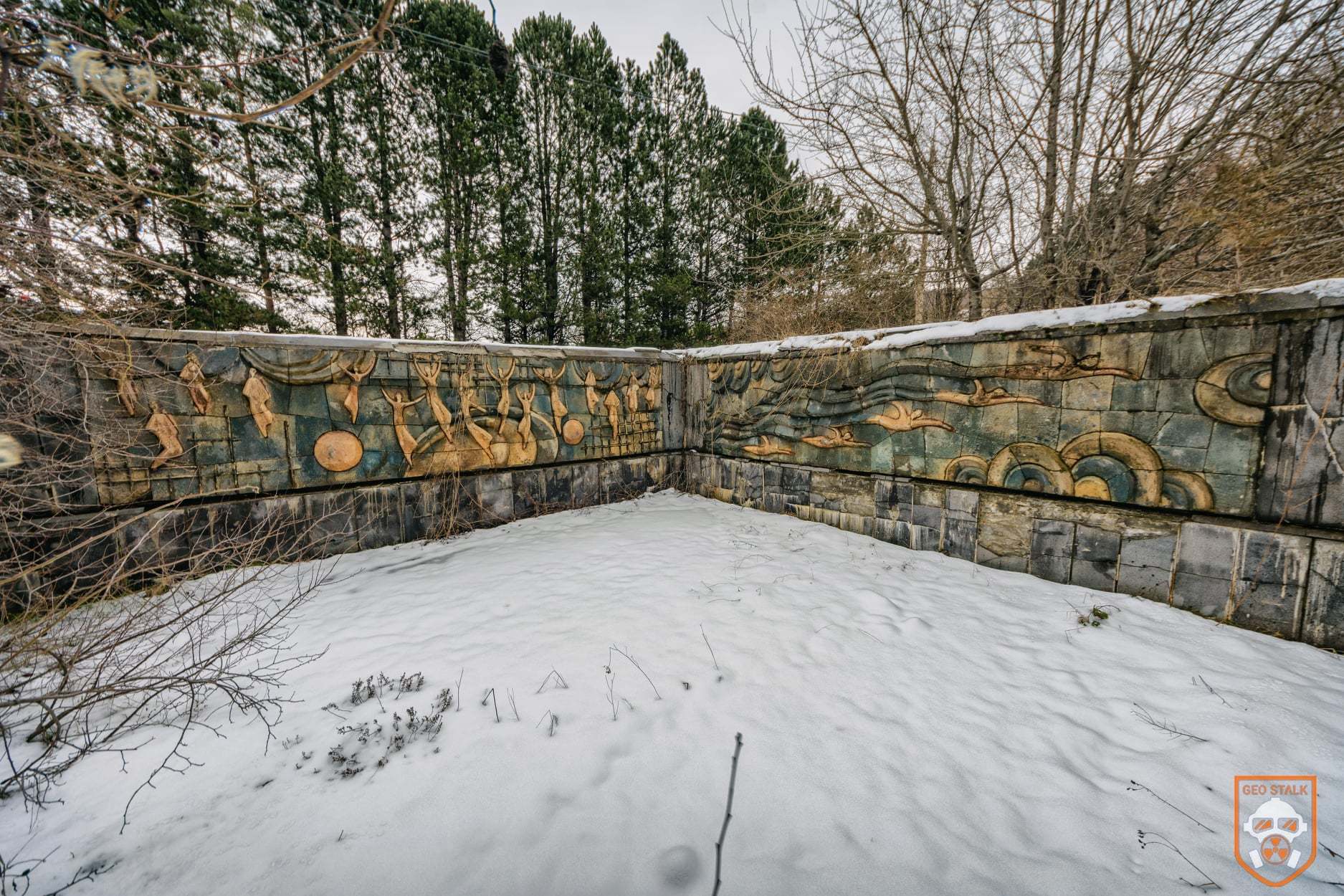
The Vagon Bridge


Sanatorium Iveria in Tskaltubo
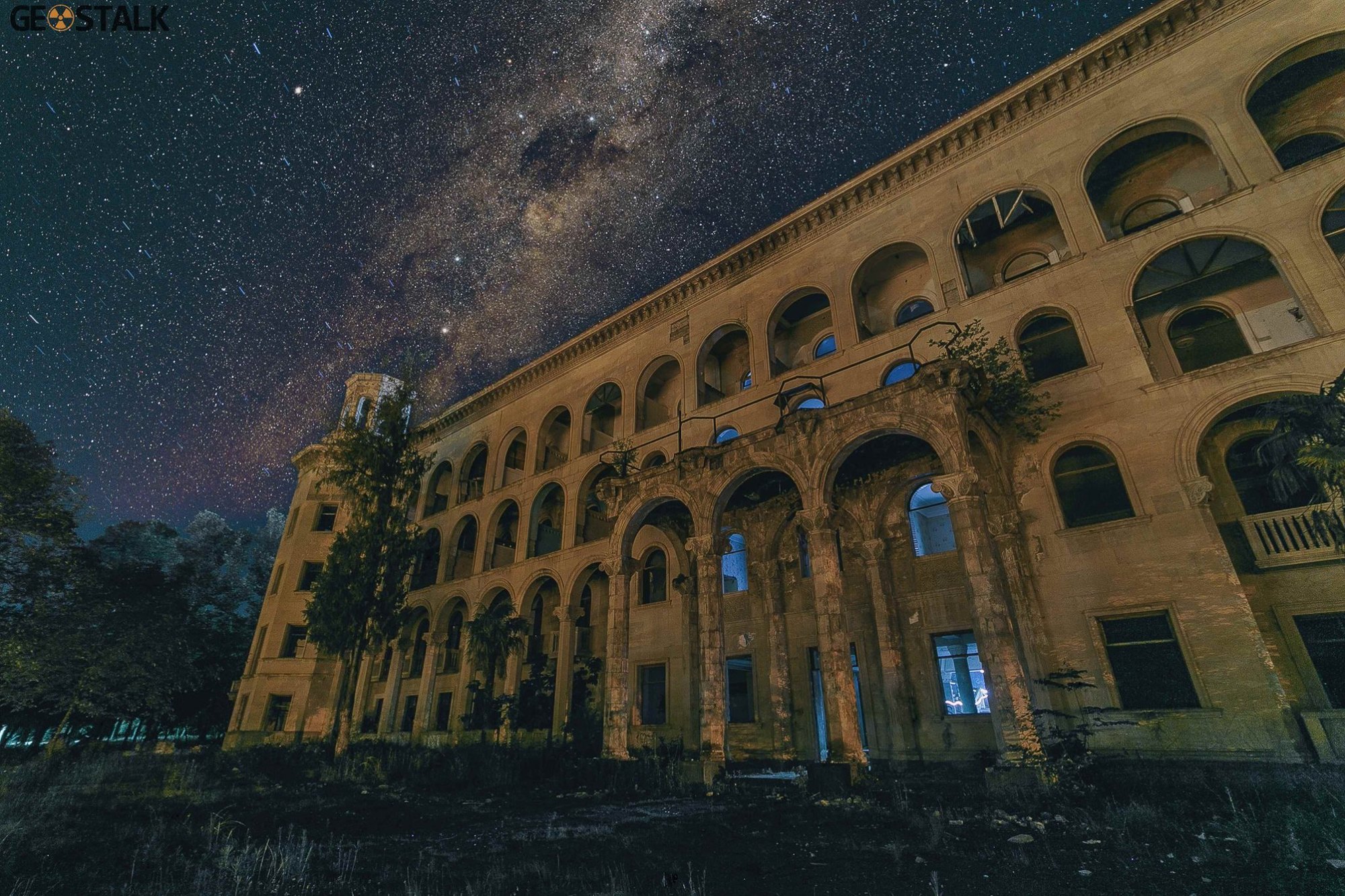

Abandoned house at Rike park
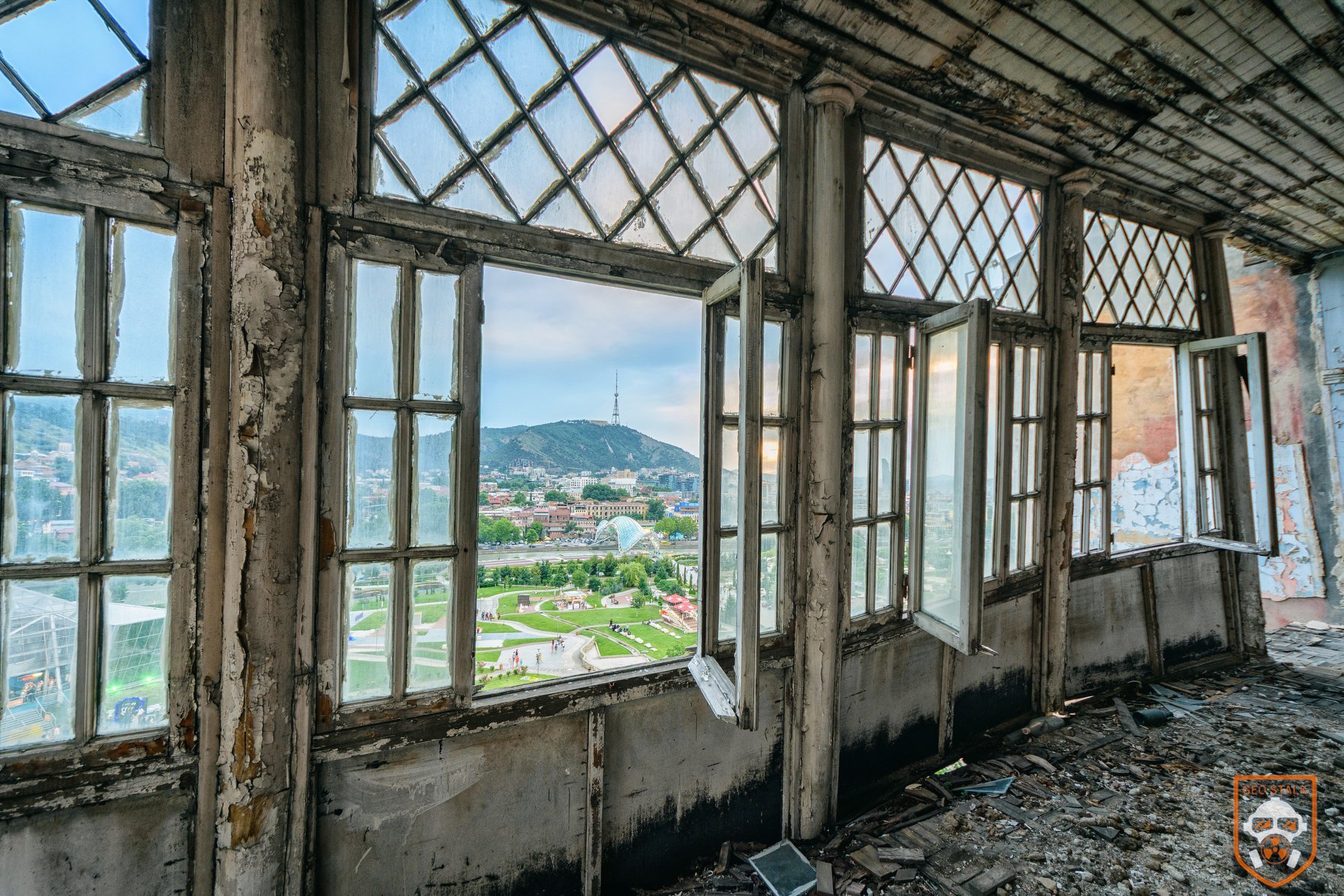
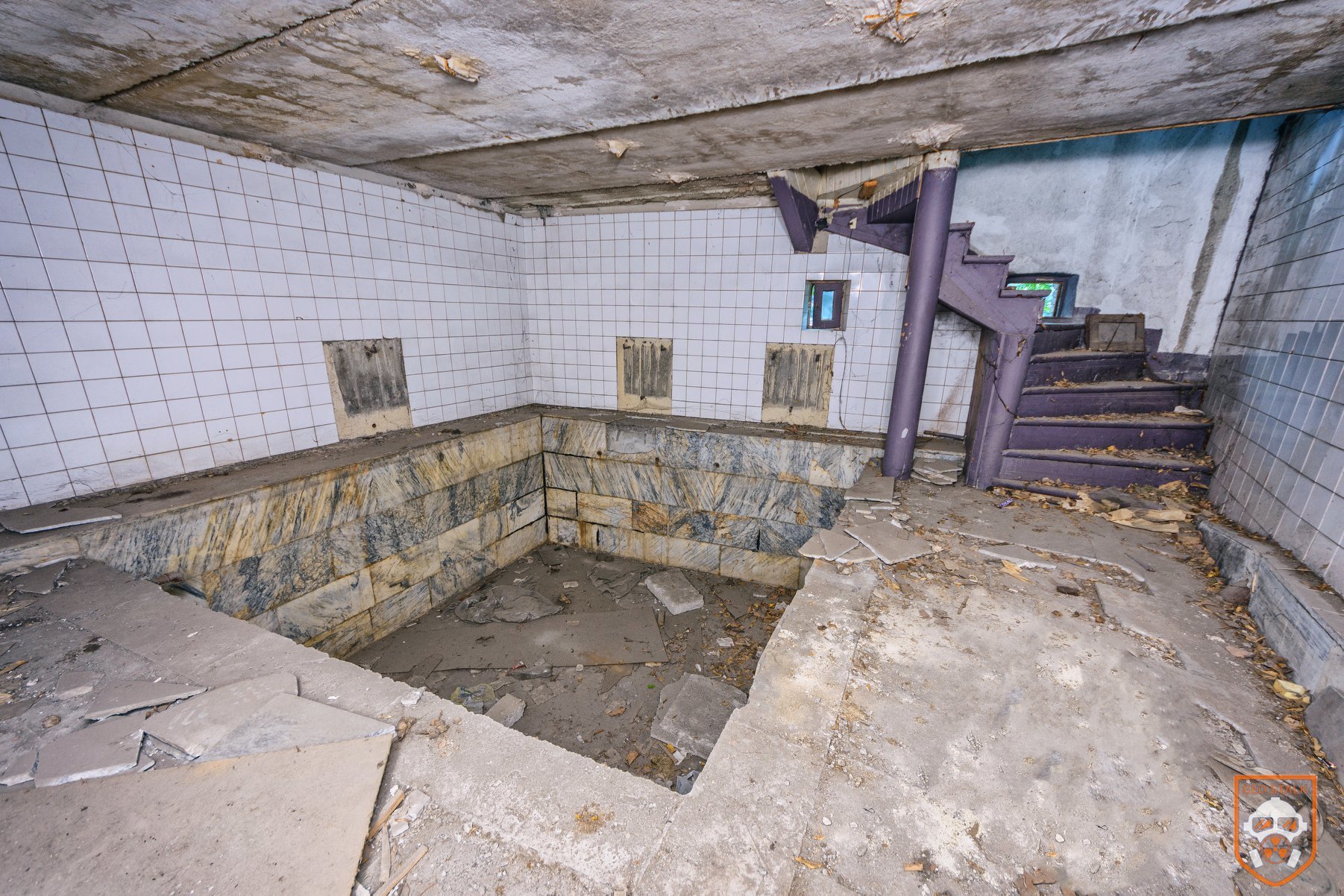
Village Shroma Culture House
(Photos by Teona Khmaladze for TBC Bank)
In Ozurgeti district, 6 kilometers away from the sea, Shroma village is located.
Here, your attention will be drawn to the historic building, which was built in the 50s of the XX century. It was the administrative building of Shroma village and its Culture House, which is designed to accommodate 800 spectators.
One floor was dedicated to the Museum of “Labor and Glory”, which was opened to celebrate the friendship with the Ukrainian village of Rivne. Photographs and gifts of friendship with Ukraine are stored in the building. Today, the Shroma culture center is dysfunctional and abandoned.
Culture House in Village Marani
(Photos by Lika Chkuaseli)
The cultural center of the village of Marni in Abasha Municipality is more than 150 years old and was built by Italian architects. It has a stage and a hall for 200 people. At various times the building was also used for vocational education courses and youth art circles. The building was rehabilitated in the 80s. It was at this time that its walls were painted in the form that still survives to this day. The Marni Cultural Center was destroyed in the 90s and is still abandoned. It has the status of a cultural heritage monument.
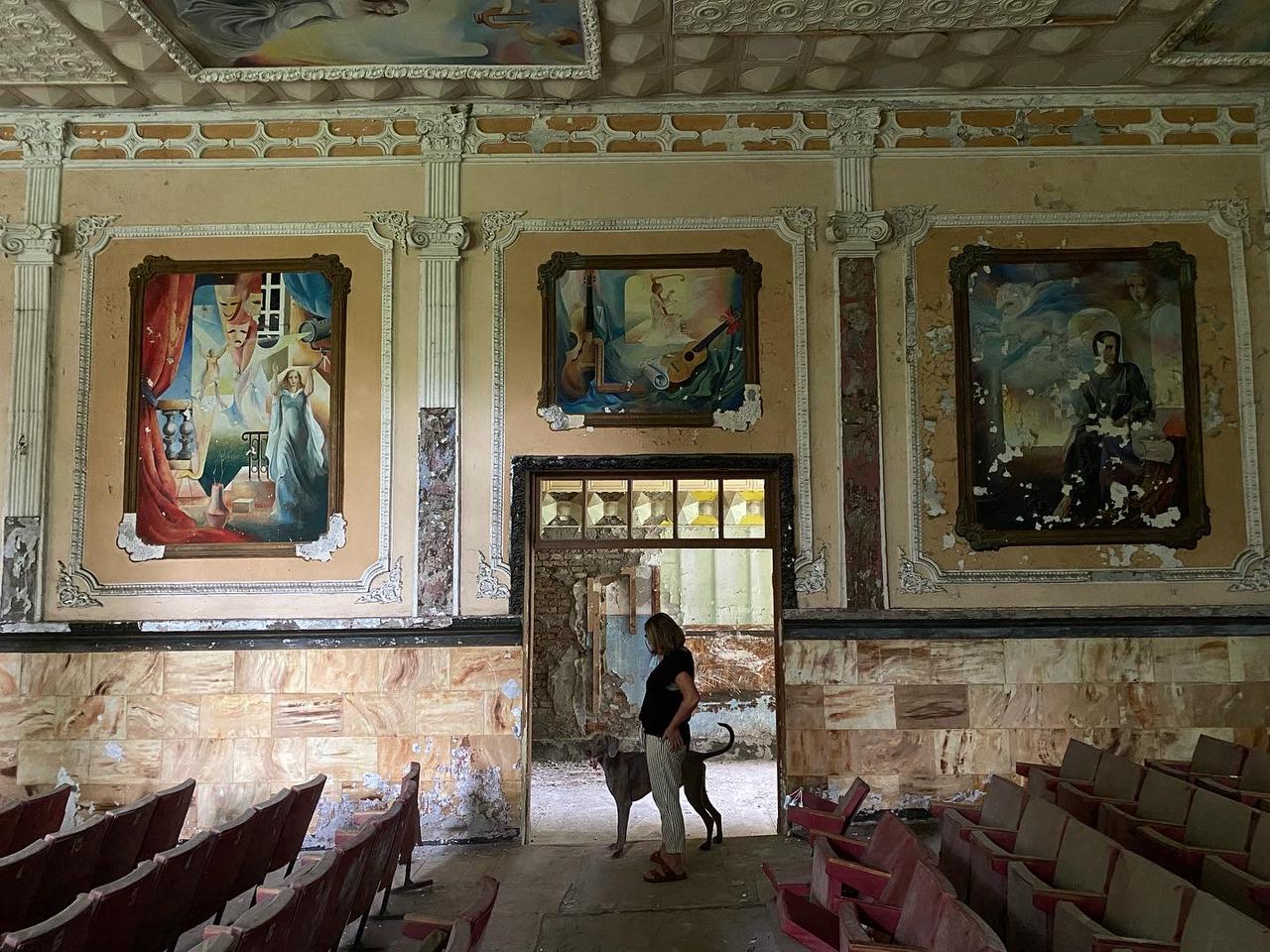 .
.
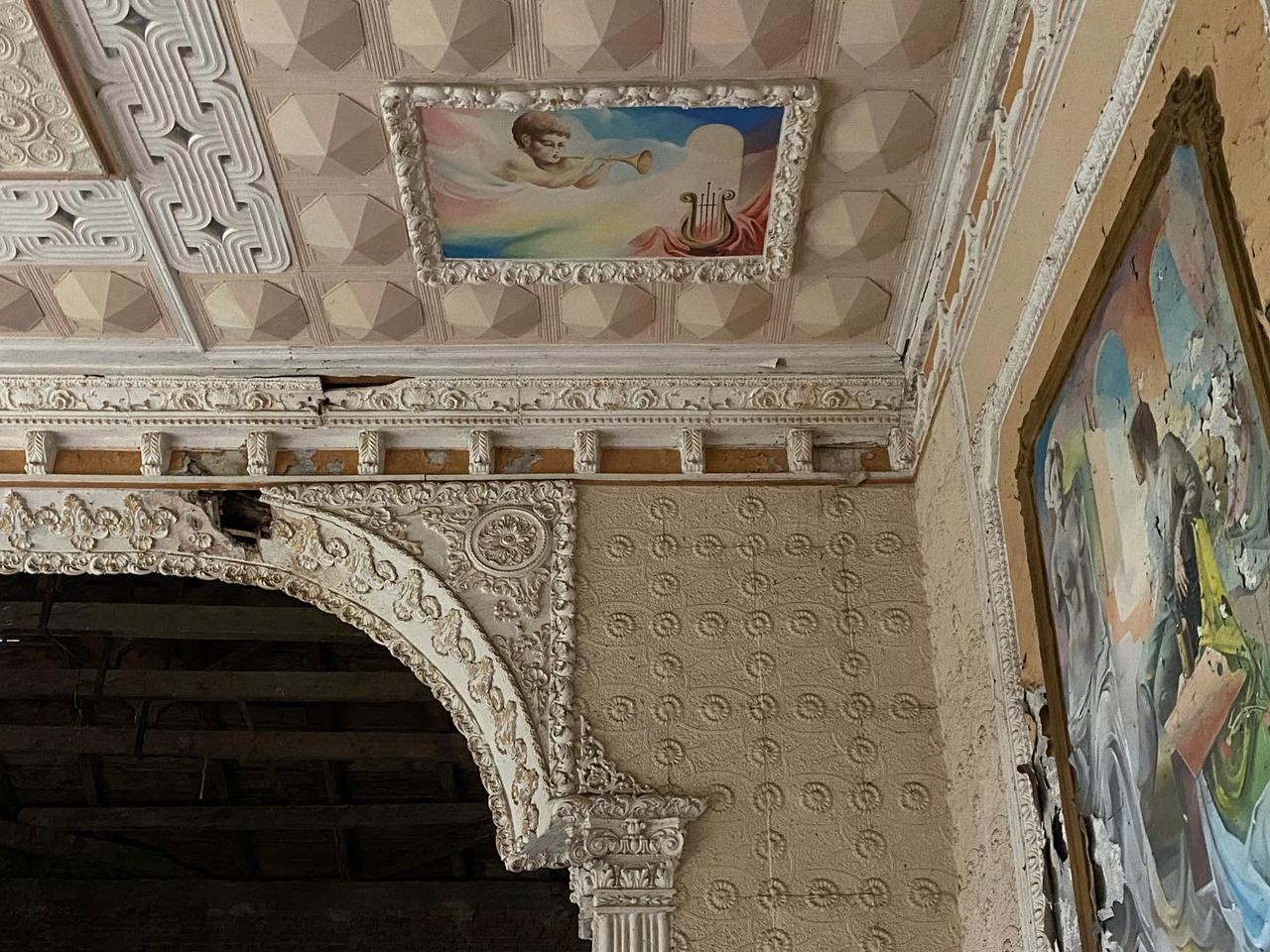
Resort Menji
(Photos by Lika Chkuaseli)
"Menji" is a Megrelian word and means acidic water. This is how the places famous for their healing mineral waters in Samegrelo were called - Menji Skuri, Menji Lugela, Menji Lebarde. It is said that the Belneological Resort, famous for its healing mineral water in Senaki Municipality, was therefore called Menji. People gave it another name because of its miraculous properties - "Tomb of the Crutches".
Menji was declared a resort of republican importance in 1938. A well-equipped sanatorium, a railway hospital, and resort polyclinic were built. The resort received from 1,500 to 2,000 annual vacationers, and the holiday season here continued uninterrupted, year-round. Today Menji is in ruins. The healing water that once made this place a "crutch tomb" flows into the river Tsivi.


 ქართული
ქართული
 Русский
Русский

